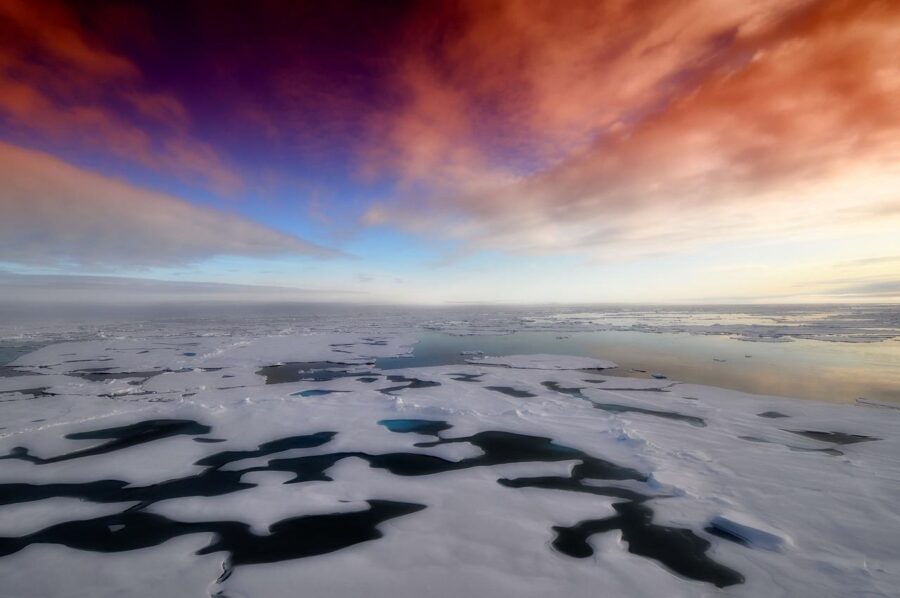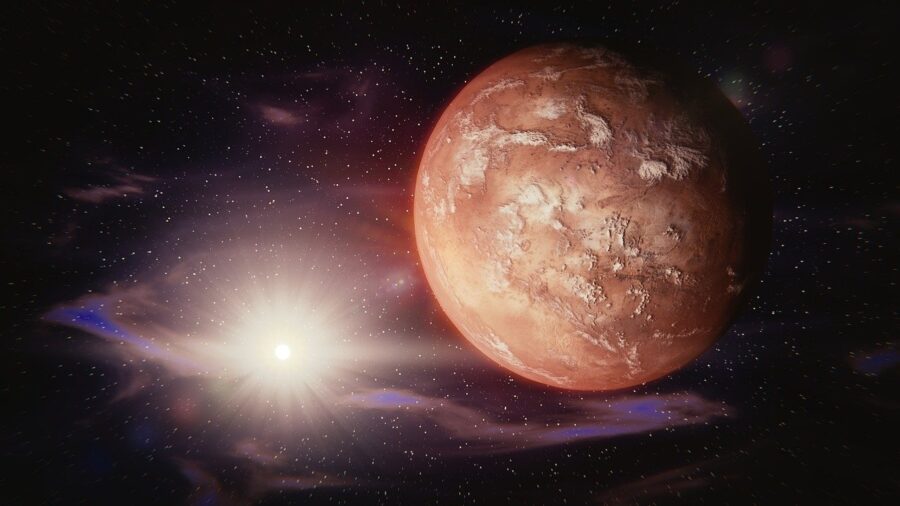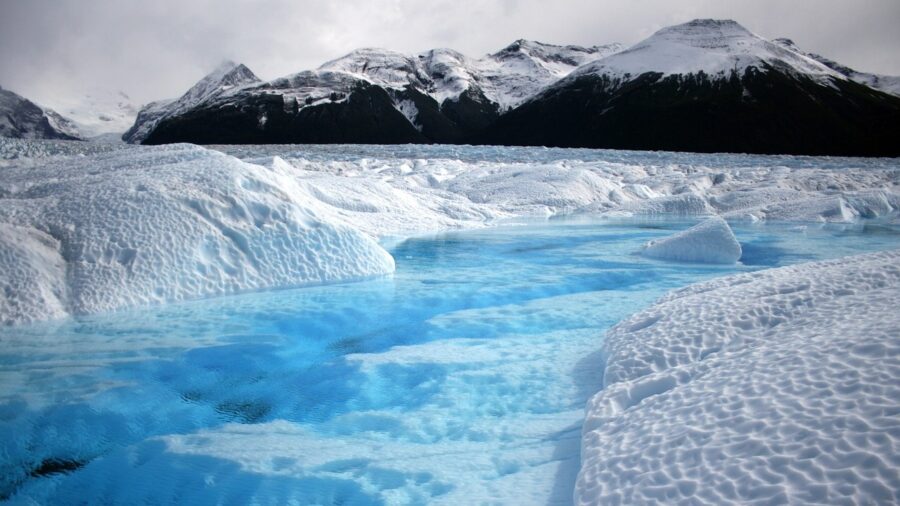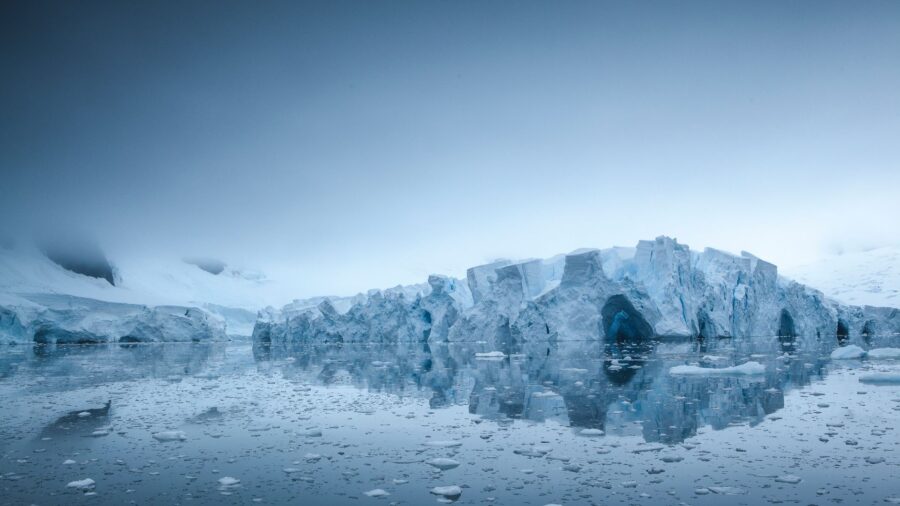Scientists Find Hidden World In Antarctica

A team of researchers has discovered an ancient 32,000 square-kilometer landscape hidden beneath the East Antarctica ice sheet for over 14 million years. The find, achieved through satellite data and ice-penetrating radar-equipped planes, has opened a window into a prehistoric world that once resembled the hills and valleys of present-day North Wales.
We Know More About The Surface Of Mars Than We Do This Hidden Landscape

Lead study author Stewart Jamieson, a professor in the Department of Geography at the University of Durham, emphasized the significance of the discovery in understanding the history and dynamics of the ice sheet. “The land underneath the East Antarctica Ice Sheet is less well known than the surface of Mars,” he said via CNN.
“And that’s a problem because that landscape controls the way that ice in Antarctica flows, and it controls the way it might respond to past, present, and future climate change,” Jamieson continued. What sets this hidden landscape apart is its incredible state of preservation. Typically, the movement and fluctuation of ice sheets grind down and erode the underlying terrain.
The Ancient Land Remains Almost Completey Preserved

However, in this case, the landscape has remained largely undamaged. Understanding why it survived could be key to predicting the future behavior of the East Antarctica ice sheet, which contains the potential for a sea level rise of about 60 meters as Earth’s temperature continues to rise. Our climate is heading towards a trajectory where temperatures will mirror those of the distant past.
Between 34 and 14 million years ago, temperatures were between three and seven degrees Celsius higher than they are today, making it crucial to understand how the ice sheet might have responded to those conditions. The East Antarctica ice sheet would have experienced fluctuations in size, temporarily revealing the hidden landscape.
Constant Ice Temperatures Were Able To Keep The Landscape The Same

According to Jamieson, the preservation of the East Antarctica area implies that the temperatures at the base of the ice sheet remained consistently cold and stable despite intermittent periods of climate warming. “In other areas, we’d actually expect there to be liquid water, right between the ice and the bed, which helps grind stuff away,” he explained.
“We don’t have that in our location. So that partly explains how something could survive for so long,” Jamieson continued. The geophysical data collected by the scientists revealed valuable insights about what lies beneath the two-kilometer-thick ice in East Antarctica. It accurately detects minute changes in the ice shape, revealing a pattern resembling interconnected valleys when graphically represented.
Scientists Are Busy Studying The Hidden World For Signs Of Life

“We’re basically seeing the ghost of that landscape from the top,” Jamieson added. While the researchers are still uncertain about the plants and wildlife that may have once inhabited the hidden world below the East Antarctica ice sheet, the presence of ancient river systems suggests that flowing water was present, making it probable that the area was filled with vegetation and other forms of life.
The Formation Of The East Antarctica Ice Sheet

The study, published in the journal Nature Communications, states that the onset of glaciation in Antarctica can be attributed to the global cooling trends during the Cenozoic Era. Before the Eocene epoch, it is believed that glaciation was primarily confined to temporary ice masses and small mountain glaciers in regions with significant topographical relief.
However, a significant transition occurred during the Eocene-Oligocene boundary (approximately 34 million years ago), marking the first extensive Antarctic glaciation recorded in marine sediment records. A glaciated Antarctica likely resulted from a drop in atmospheric CO2 concentrations, interrelated processes within the carbon cycle, and modifications in the depth of circum-Antarctic ocean gateways.
In East Antarctica, the ice sheet probably originated on the elevated terrain of the Gamburtsev Subglacial Mountains, the Transantarctic Mountains, and Dronning Maud Land. The expansion and eventual merging of separate ice masses in these highland areas played a pivotal role in the development of the continental-scale East Antarctica Ice Sheet.












